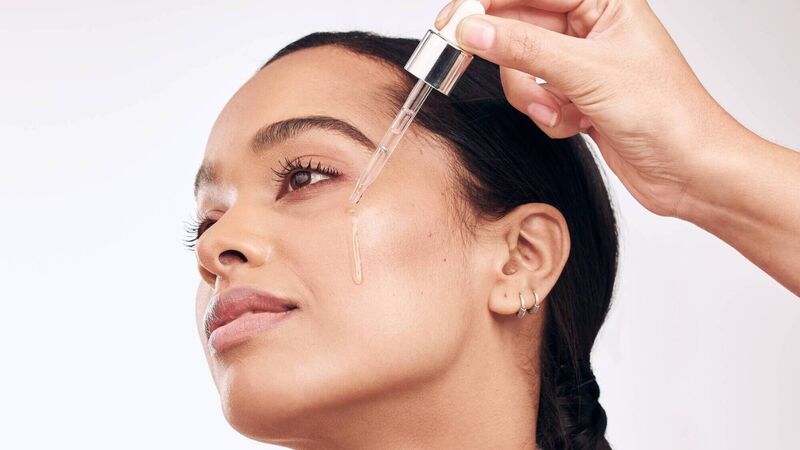Skin Nerd: Here's how to include an oil in your winter skincare regime

Not all oils are created equally, and it is important to choose the right one for your skin type and goal to avoid clogging the pores or upsetting the skin barrier.
Probiotics are naturally occurring microorganisms that live within and on the body. Whilst sun damage, diet and overuse of irritating skin products can throw the skin’s microbiome out of balance, probiotics such as Lactobacillus and Bifidobacterium can help the skin protect itself by creating an equilibrium that allows good bacteria to thrive and maximise skin health. Stabilising the microbiome helps to strengthen skin against environmental aggressors, improve signs of dryness, relieve discomfort and tightness, calm inflammation and restore a healthy pH balance to the skin’s surface. A probiotic and prebiotic regime can be particularly beneficial in adding balance for a person who also likes to include exfoliating acids and retinol products in the mix.
Read More







